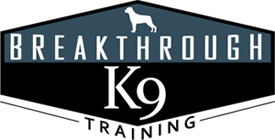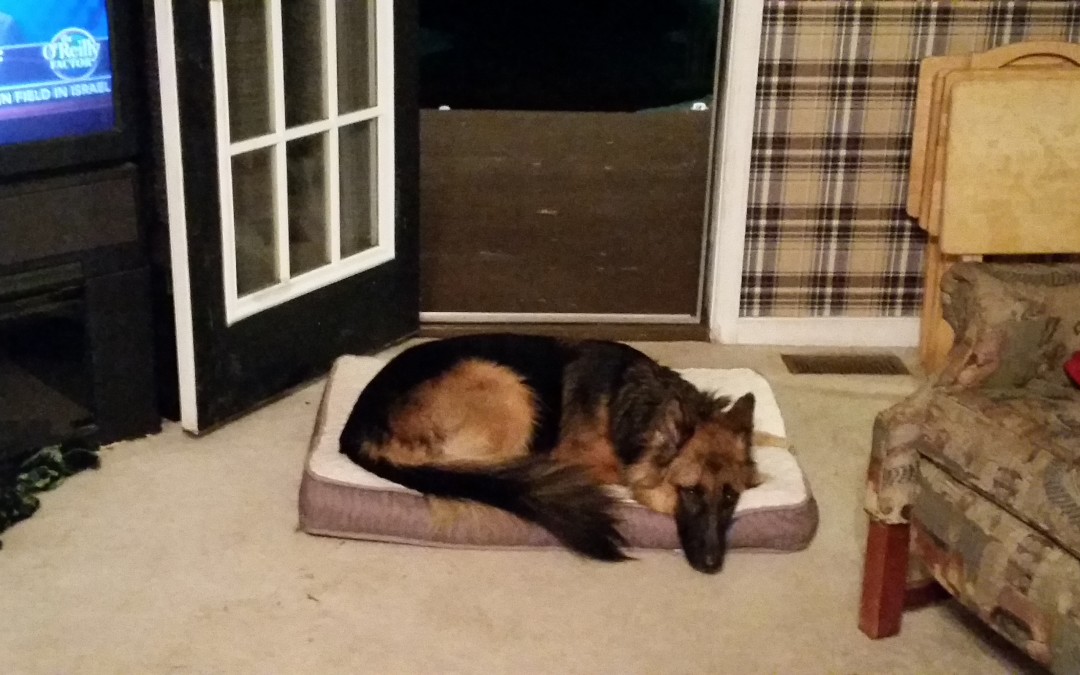As hard as the past 12 months has been, imagine it in dog years. Yes, it’s also been a long change of schedule for your dog. Whether an established member of the family beforehand or a new young pup who hasn’t experienced life beyond COVID, your dog has almost certainly become accustomed to having human companionship around the clock.
There may be a rude awakening on the horizon when things change back and this could mean long hours home alone. For a social animal now used to life with the “pack,” trouble may be brewing.
Signs of Dog Anxiety
While we may think of anxiety as a human problem, dogs have the capacity to experience this unfortunate emotion as well. Of course, they can’t talk it out with us like another human might, so that nervous energy has to be released in a different way. This often results in destructive behavior such as chewing and scratching furniture, walls, upholstery, drapes, and even floors.
There may is also body language such as a difference in your dog’s posture, a drooping head and ears, or tail tucked between the legs. Less subtle, if your properly house-trained dog leaves little poop or pee “gifts” around the house, that’s another good sign for anxiety.
Understanding and looking for separation anxiety is important but even better is to take steps now to avoid the worst of it later.
How to Prepare Your Dog for Alone Time
As with any major change, the best way to approach preparing your dog for days spent alone is to start with a small taste of solitude. Leave your dog alone for brief periods of time, preferably in a specific safe space such as a crate or pen. You don’t even need to leave the house, just go to a different area of the house. Make sure there’s a toy to chew on, and, at first, try to limit your time away to just a few moments. Lots of praise/reward, are a great way to give your dog positive associations with their safe space.
As time goes on, you can slowly extend the amount of time you leave them alone. Just be sure to always greet with praise/reward when you return, and they will eventually come to realize that their crate means alone time followed by reward.
The Best Time To Start is Now
The process of training your dog to be comfortable alone for what might be an eight- to ten-hour day can take some time, and it is a skill that is important for your dog to learn regardless of your impending work schedule. Even if you have no plans to be away from home anytime soon, it’s still a good idea to start the training process now.
If you work from home, and your company has decided that the work from home idea seems to be a longer-term solution, you will be able to comfortably work without a needy puppy underfoot, as you will have them happy and secure in their safe space. If all you need to do is go to the grocery store once a week, that trip will be much less stressful knowing you won’t come home to a distraught dog and a chewed-up door.
Professional Help is Just a Click Away
If you are getting stressed out just thinking about going through the process of training your dog to be home alone, you can rest easy knowing that Breakthrough K9, in Central VA, has been training dogs and their owners for years. Our calm and structured approach to training has helped hundreds of dogs live their very best lives.
If you are in the Central VA area, or ready to come visit our farm, and are feeling unsure about how to go about starting up the training process, give us a call at (804) 301-2836, and let us help you and your dog grow together.

